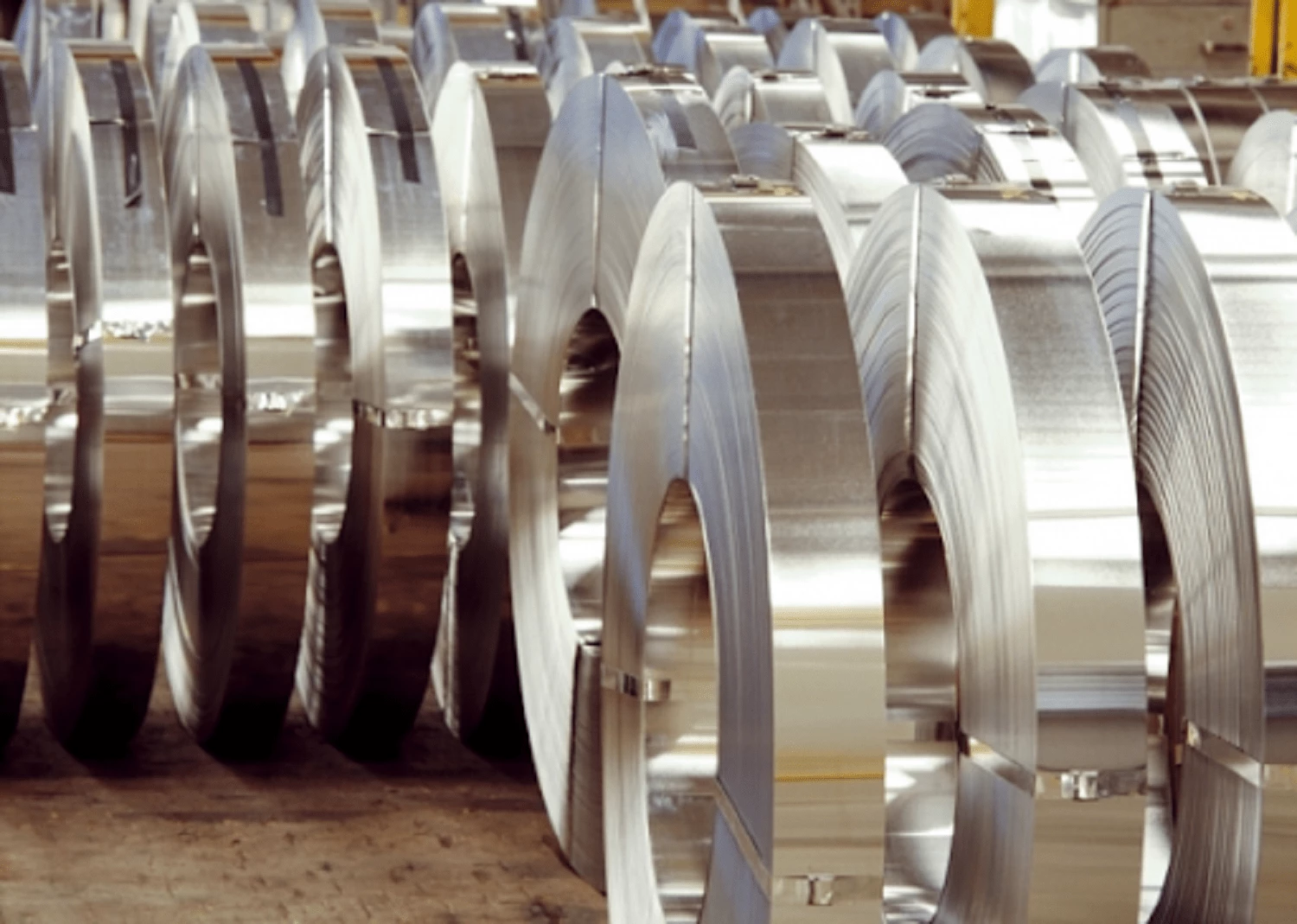A Peek Into Nickel Metal Price and the Stainless Steel Industry

An industry worth over $20 billion USD is the Nickel market. In 2021, the size of the world market for stainless steel was estimated at USD 195.65 billion. A CAGR of 5.6% is predicted for the market throughout the projection period, taking it from USD 204.17 billion in 2022 to USD 298.85 billion in 2029.
Stainless steel currently controls more than two thirds of global production, dominating the market. As the global market changes, steel producers and end users create new products and uses, improving people's lives and introducing fresh technological and business perspectives to the supply chain. The majority of scrap and Class 1 Nickel used in the production of stainless steel goods is between 80% and 90%, with both items likely to rise along with energy prices.
In certain applications, Nickel increases corrosion resistance while improving essential qualities like formability, weldability, and ductility. For more than a century, stainless steel has been used in many products. It is made up of a variety of iron-based alloys, however unlike traditional steel, they are not susceptible to corrosion and do not rust when only exposed to water. Chromium is the alloying component that gives steel its "stainless" quality, while Nickel is what makes stainless steel such a versatile alloy.
The production of minerals like Nickel and cobalt could expand by approximately 500% by 2050 to fulfill the rising demand for clean energy technology, according to the World Bank paper "Minerals for Climate Action: The Mineral Intensity for the Clean Energy Transition." There will be a significant increase in demand for numerous important minerals and metals as the world works to realize a lower-carbon future in order to produce greener energy technology. The switch to clean energy will require a significant amount of Nickel-intensive minerals.
There is still some uncertainty about the future, according to Amanda Eglinton, associate director of economics for S&P Global's pricing and purchasing service, because the Nickel market is undergoing numerous structural changes on both the supply and demand sides.
Stainless steel remains the biggest user of Nickel, as it has historically been. However, it should be noted that the stainless share, which today accounts for around 70% of all Nickel consumption, is not quite as high as it once was.
Nickel Metal Price and the Stainless-Steel Industry
What determines stainless steel's price? Similar to other metals, the cost and accessibility of the raw materials used to produce the grade heavily influence the price of stainless steel. For stainless steel, those elements include Nickel and chrome. You experience the price impact as stainless steel surcharges.
The manufacturing of stainless steel is a key factor in determining the health of the global Nickel industry. The cost of Nickel on the global market has an impact on the price of stainless steel as well. Stainless steel will use two-thirds of the world's Nickel production and mining. When the war between Russia and Ukraine generated unusual volatility and the subsequent suspension of Nickel trade on the London Metal Exchange, participants in the stainless steel market were placed in new terrain. Because Nickel makes up a sizable percentage of the calculations for both the European and US alloy surcharges, Nickel price fluctuation causes significant uncertainty for stainless steel consumers. For end users of stainless steel who are subject to rises in alloy surcharge rates, raw material price volatility is bad news.
Chinese stainless steel production has also declined this year, although its 300-series high-Nickel stainless steel production has remained largely consistent. The use of low-Nickel, Nickel-containing 200-series stainless steel may be switched to a Nickel-free 400-series product, experts speculate, as a result of the high Nickel costs occurring at the same time as consumer sentiment has been dropping and end-product price inflation is rising.
Market analysts anticipate an average 3-6% increase in worldwide stainless steel demand this year, with China and other Asian countries experiencing the greatest growth due to the expansion of the middle class in those countries.
The Outlook on 2022
As we near the year's final quarter, stainless steel prices are still in a bind. Both indices appear to reflect an extremely cautious market, with buyers and sellers obviously waiting to see what the other will do. Nickel metal price, however, float barely over their 2021 average, closing August at $21,320 / mt. It's not ideal to be in a "commodity" stalemate like this. Nevertheless, the struggle between supply and demand never ends. And anything may happen in a competitive market when everyone is trying to get the most for their money.
A recent study from the Shanghai Metals Market claims that limited demand is pushing prices downward. President Xi Jinping hasn't been afraid to use his power to promote economic growth. However, according to reports from businesses like Fortune, the stimulus plan is still insufficient to revive the faltering economy.
The stainless steel market in Europe appears to be experiencing all the optimism that China is lacking. A considerable rebound is anticipated in Q3 and Q4, according to recent forecasts reported in S&P Global. Particularly, they anticipate a market recovery that will almost reach pre-COVID levels. One of the greatest customers of stainless steel products is still the oil and gas sector. Stainless steel is required for the creation of pipelines, pumps, tanks, and valves.
Hallmark Mining Corporation is committed to sustainable and responsible mining; as a Nickel mining company it is always vigilant of any mining innovation that can give a positive impact on its profit while providing the best possible benefits for its partner communities and its area of operation. For more information visit our website.